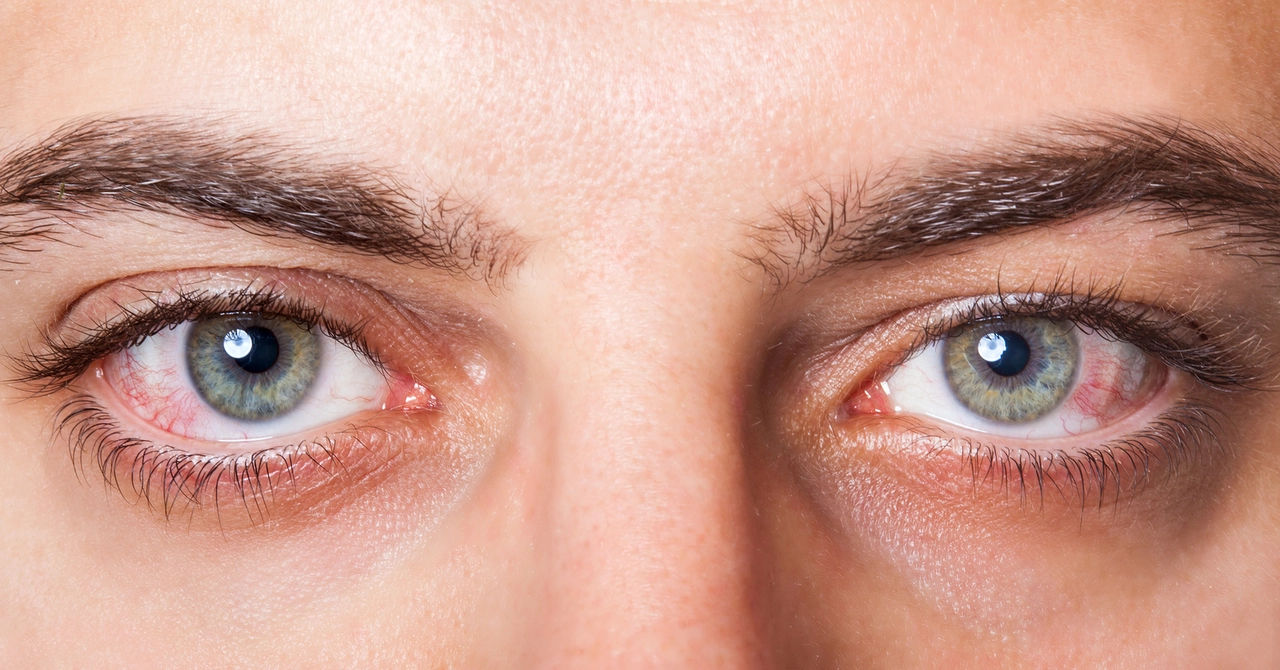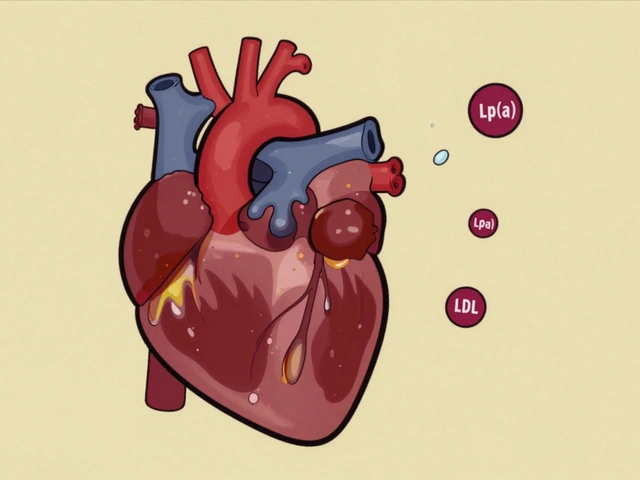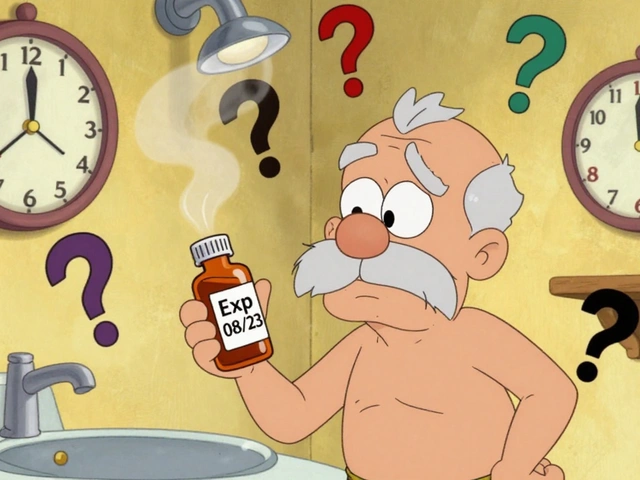Eye Infection: Signs, Causes, and What to Do Right Now
Red, crusty, and itchy eyes are more than annoying — they can be contagious and spread fast in homes and schools. This page helps you spot common eye infections, take immediate steps to feel better, and know when to see a doctor.
Most eye infections fall into a few types: viral conjunctivitis (often called pink eye), bacterial conjunctivitis, and allergic conjunctivitis. Viral cases usually start in one eye and spread to the other, with watery discharge and a burning feel. Bacterial infections bring thicker, yellow or green discharge that can glue the eyelids shut overnight. Allergic reactions cause intense itchiness, watery eyes, and other allergy signs like sneezing.
Quick home care
Wash your hands often and avoid touching your eyes. Use a clean cloth or sterile saline to gently wipe away discharge from the corner of the eye outward. Warm compresses for bacterial or viral infections can loosen crusts and ease discomfort; cold compresses help allergies. Don’t share towels, pillows, or cosmetics. If you wear contact lenses, stop using them until a doctor says it’s safe.
Treatment and when to see a doctor
Many viral eye infections improve on their own in a week or two. Bacterial infections often respond to antibiotic eye drops or ointments prescribed by a clinician. Allergic conjunctivitis may improve with over-the-counter antihistamine drops or oral antihistamines. See a doctor quickly if you have severe pain, vision changes, very bright light sensitivity, intense redness, or symptoms that get worse instead of better. Also seek care if you have a weakened immune system or if a child has symptoms.
A doctor will check your eye, ask about recent illness or contact lens use, and may recommend lab tests in unusual cases. For contact lens-related infections, treatment can be urgent; some infections risk scarring and vision loss if not treated promptly. Follow the full course of prescribed drops, and return for a follow-up if symptoms persist beyond the expected timeframe.
Preventing eye infections is simple but effective: practice good hand hygiene, replace cosmetics regularly, clean and replace contact lenses as directed, and avoid swimming with lenses in. Vaccines like the flu shot can reduce risk of viral spread that sometimes triggers eye infections.
Avoid using random home remedies like tap water, saliva, or leftover eye drops — they can make infections worse. Over-the-counter pain relievers can help with discomfort but won’t cure an infection. Use preservative-free artificial tears if eyes feel gritty. If your workplace or school requires a note, ask your clinician about return-to-work guidance once symptoms improve. Keep a log of what you used and when symptoms changed — this helps the clinician pinpoint causes. Don't delay getting help.
If you’re unsure whether an eye problem is an infection or something else — like a blocked tear duct, blepharitis, or an eyelid injury — get evaluated. Quick action can keep your eyes healthy and stop spread to family or coworkers. If in doubt, call a healthcare provider now rather than waiting.




